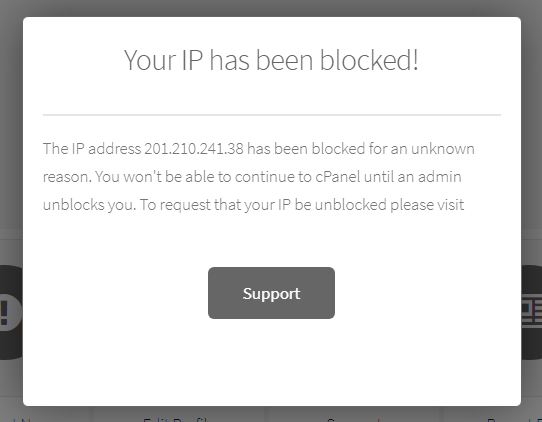-
Posts
6 -
Joined
-
Last visited
Posts posted by jhomsrts
-
-
You are right!
In fact, I had already done these validations in the client side with JavaScript, for example
... //A defined range var regex_a = /[\x20-\x2a]/; var regex_b = /[\x2c-\x2f]/; var regex_c = /[\x3a-\x7e]/; if(regex_a.test(var) || regex_b.test(var) || regex_c.test(var)){ //Do something... } ...but I see that doing them on the server side gives better security in the process. ?
-
Ohh copied loud and clear!.
I assume you mean using methods that prevent the user from sending "unsupported characters", like the mysqli_real_escape_string and htmlentities functions.
In addition to these functions, are there other ways to guarantee the integrity of the data sent via POST variables?
Thanks for your reply!
-
Ohh ok, thanks!
-
Good morning for all!
I ask because I'm not an expert in front and back programming, I share my way in which I communicate the client with the server. I would like you to tell me if it's well implemented or if it can be improved? The idea is to boost our knowledge/skills every day

Method: Send with Ajax
Client-side: <script> jQuery.ajax({ url: 'script.php', data:{'Var1': $('#ID').val(), 'Var2': $phpvariable},//May be FormData item too. type: 'POST', success:function(s){ //Received a encoded JSON from server-side with any data. var data = JSON.parse(s); $('#resultselement').html(data[0]); }, error:function (){ alert('Error message'); } }); </script> Server-side: <?php $POSTVAR1 = $_POST["Var1"]; $POSTVAR2 = $_POST["Var2"]; {INCLUDES, INTERNAL VARIABLES, PHP SCRIPT, ETC} array_push($array, $phpvar1, $phpvar2, $phpvar3....,$phpvarn); //Sending data to client-side echo json_encode($array); ?>
I appreciate any correction or suggestion, thanks!
-
Good morning friends!
This morning I've entered to my account and I got this message, I really do not know why this happened, I need help, thank you.




New Partnership with Plesk
in News
Posted
I'm just raising a project and this comes out hahaha.
"In the union is strength"
If you need help with something we are willing to give on our part.
The best successes for you!!